Looking for the best inventory management software for your organization? Look no further. As a business owner, managing your inventory is one of the most crucial tasks you have to deal with. Keeping track of your stock levels, knowing when to reorder, and ensuring that you have the right products available at the right time can be pretty challenging. That’s where inventory management software comes in.
Utilizing such tools can eliminate the need for manual tracking and reduce errors. Thereby, it will improve efficiency and maximize your profits. No matter what business you are running, choosing your own best inventory management software is crucial.
Benefits of the Best Inventory Management Software
Inventory management software offers many benefits for organizations of all sizes. Firstly, it helps optimize your inventory levels. By accurately tracking sales and monitoring stock movements, the software ensures you always have the right amount of stock. Moreover, it will help you avoid stockouts or overstocking situations, which can both negatively impact your bottom line.
Secondly, inventory management software enhances operational efficiency by automating various tasks. You can significantly reduce manual work with features like barcode scanning, minimum quantity notifications, etc. We can avoid time-consuming tasks and free up our staff to focus on more strategic activities. This way, your team can manage time to improve customer service or expand your product range.
What’s more, some inventory management software can provide valuable insights and analytics. Thanks to the robust reporting and analysis systems, store owners can analyze sales patterns or forecast customer demand. As a result, they can identify trends and adjust the inventory levels accordingly, contributing to future growth.
Key Features to Look for in Inventory Management Software
Inventory management software is a tool to help businesses effectively manage their inventory. It could be about managing various tasks, providing real-time visibility into stock levels, or even the products’ activity logs. By utilizing such software, you can eliminate the need for manual tracking, reduce errors, and gain valuable insights into your inventory performance.
To learn more about what inventory management software is and what makes it the best inventory tracking weapon, read this blog: What is Inventory Tracking Software?
The question is, what to consider when choosing the best inventory management software? The answer should lie in their key features, judging whether they meet your needs. While different companies may have different requirements, some crucial features to look for include:
- Real-time tracking: Ensure that the software provides accurate and up-to-date information on stock levels.
- Stock quantity notifications: Look for software that sends you the alarm when stock levels reach a certain threshold so you never run out of essential items.
- Code scanning: This feature simplifies the process of receiving and tracking inventory. QR codes, barcodes, etc. allow you to track with a mobile device or barcode scanner.
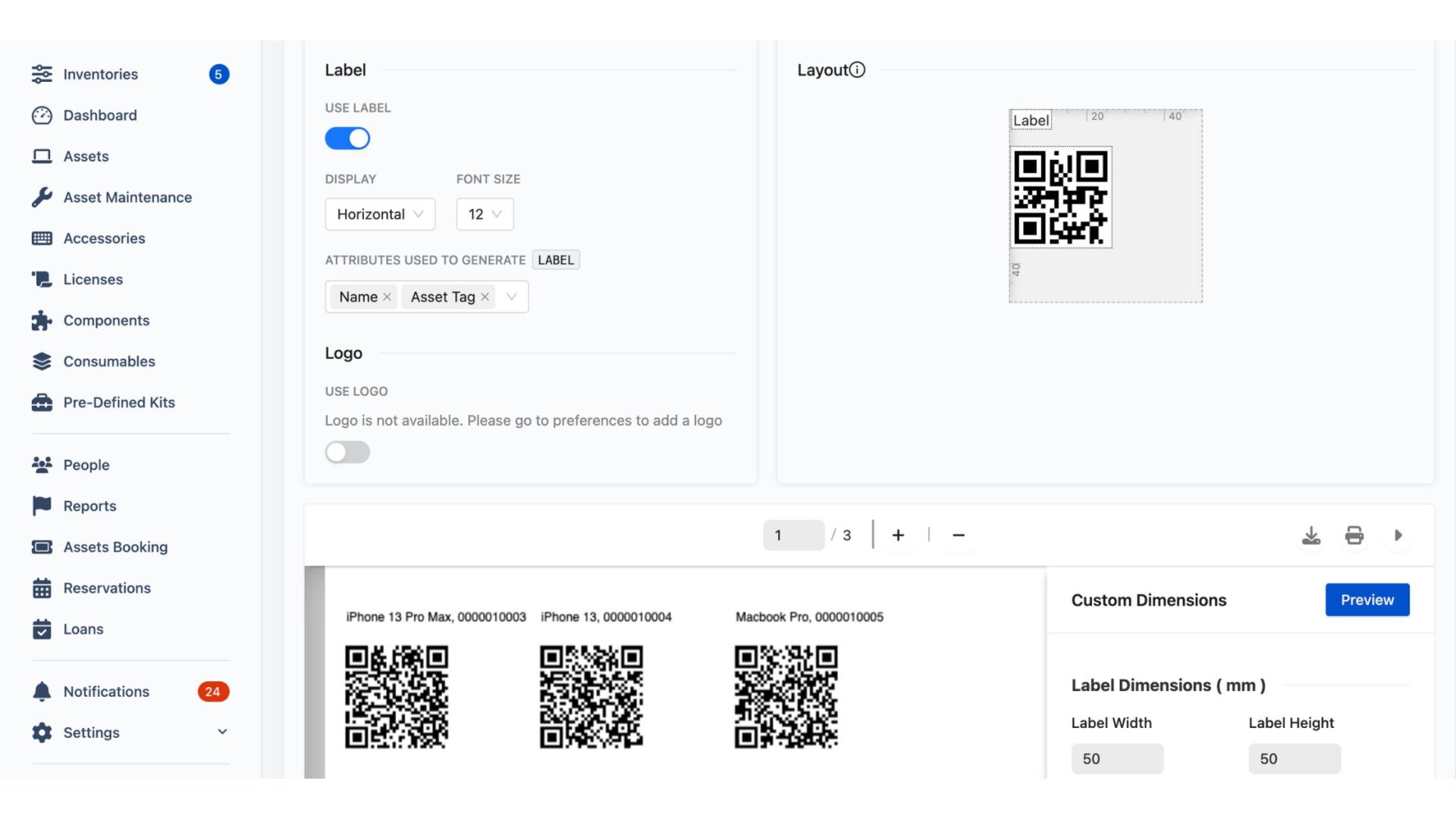
- Integration with other systems: Most of the time, as a vendor, you will work with additional business tools. It could be accounting software, e-commerce platforms, CRM tools, and you name it. Make sure the inventory management software is integratable or migratable to avoid manual data entry.
- Reporting system: The software should provide potent reporting builders. Reports on sales, stock levels, and other key metrics are essential when it comes to inventory management. Therefore, you can gain insights into the inventory performance and make the right decisions afterward.
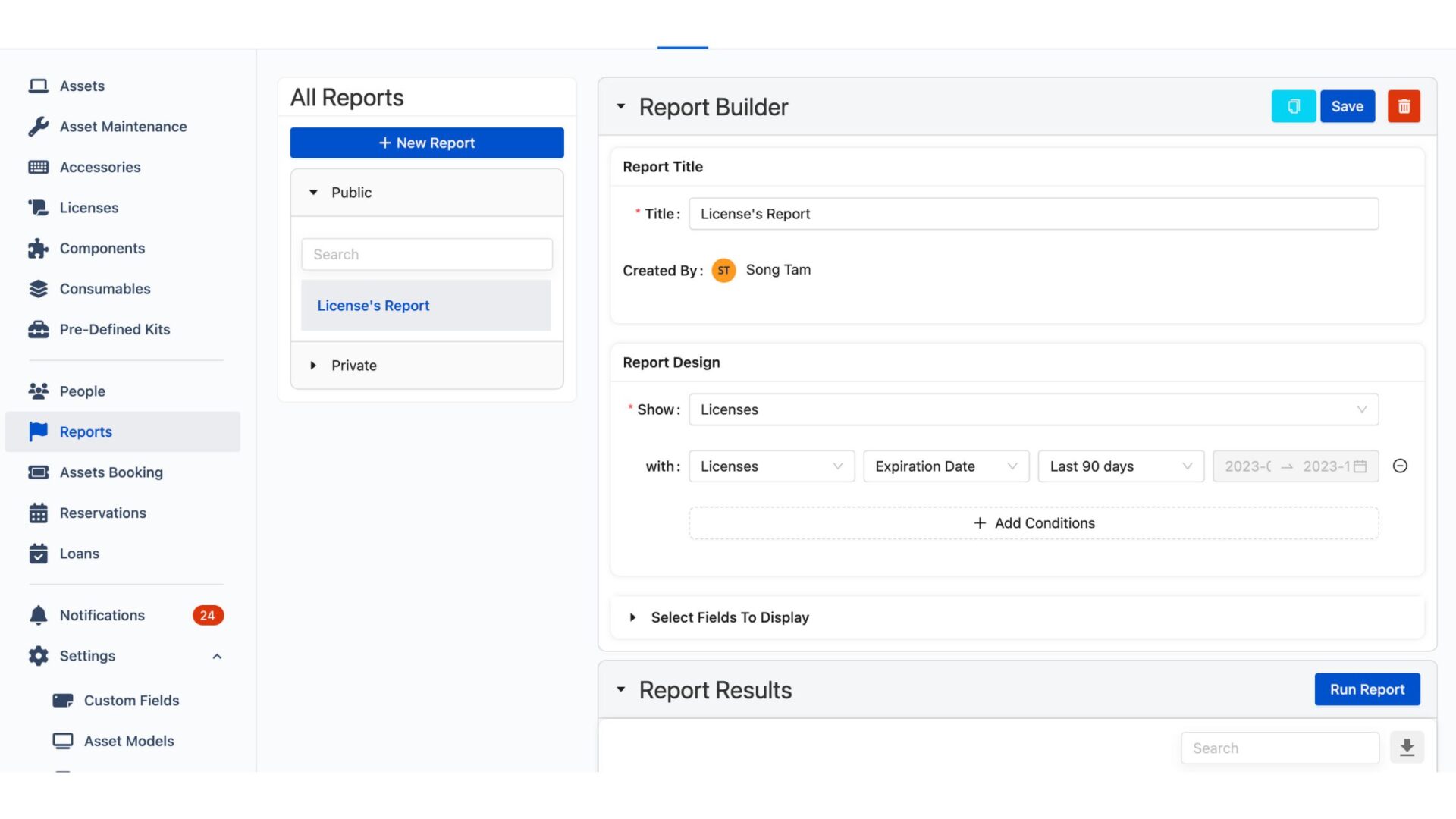
By carefully considering these features, you can choose the inventory management software for yourself. As a result, you and your organization can achieve the ultimate goal.
Top 5 Inventory Management Software Options on Atlassian Marketplace
Now that we understand its benefits and must-have features, let’s take a closer look at the top 5 options available on the Atlassian Marketplace. These Jira plugins have been carefully selected based on their popularity, user reviews, and overall functionality.
AssetIT – Asset Management for Jira, JSM, ITSM
AssetIT is a robust inventory management software that helps you efficiently manage your inventory. You can track stock levels and the ordering process and separately manage items of many inventories at once. Stock movement logs and QR code scanning are also available. Most importantly, AssetIT integrates seamlessly with Jira, allowing for smooth data flow. Not to mention, it provides public API for those using additional platforms for Jira inventory management.
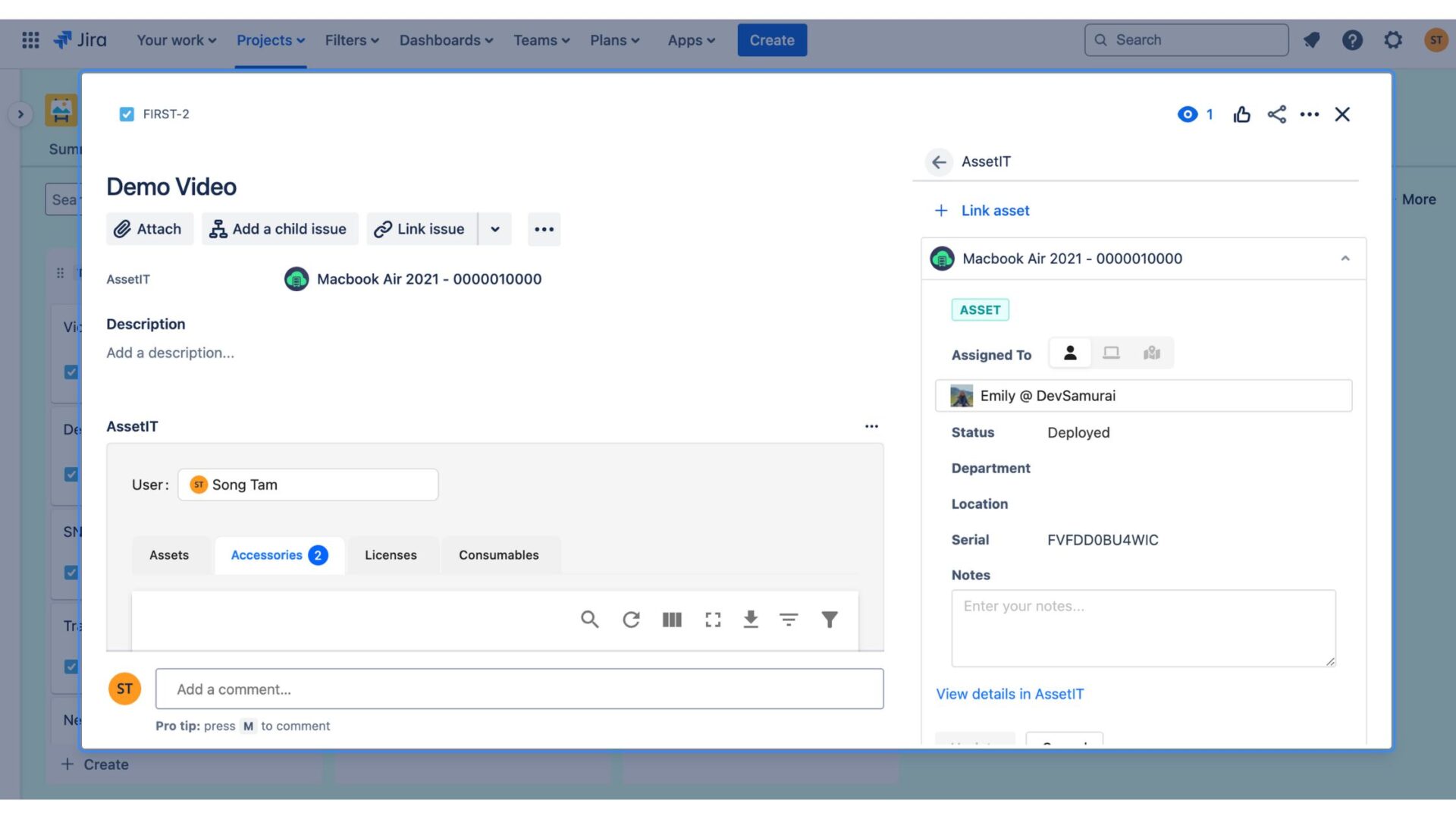
Pricing for AssetIT starts at $2 per month per user, depending on team sizes. A free trial is available with 24/7 customer support. In case your team has 10 people, AssetIT is free to use.
Assets of JSM Premium Package
Assets is another top-rated inventory management software that works as a part of Jira Service Management. It focuses on incident management and problem resolution. Along with the Jira Service Management capabilities, Assets perfectly fits for businesses looking to streamline their inventory management processes.
As a feature of JSM Premium package, to use Assets means that you will have to purchase the whole Premium Plan of JSM. Jira pricing for Assets starts at $49.35 per month per Agent.
Asset Management for Jira
Asset Management for Jira is asoftware that caters to the essential functions of inventory management. With its user-friendly interface, you can easily manage your inventory, track stocks, and generate reports on key metrics. They also provide a detailed guide on how to work with the app, which is suitable for beginners. Asset Management for Jira costs $10.00 per month for 10 users. The price will be subject to the number of users on your team.
EZOfficeInventory for Jira-Basic
EZOfficeInventory for Jira-Basic is a Jira user-friendly inventory management software. It offers the ability to track items’ ROI by recording all maintenance activities in your Jira Account. This is a free app on Atlassian Marketplace, developed by EZOfficeInventory.
STAGIL Assets
STAGIL Assets is a software that offers advanced features for inventory tracking. With STAGIL Assets, you can manage assets and generate detailed reports on key metrics. It also offers barcode scanning capabilities for easy inventory tracking and supports multiple locations. Like AssetIT, STAGIL Assets is free for a team below 10, starting with $11,00 per month from 11 users. The price will also depend on the size of your business.
Which is The Best Inventory Management Software?
From my view, AssetIT is the ultimate choice for better inventory management as it includes every factor we need for a best inventory management software: customizable features, reporting builder, QR code generations, minimum quantity alerts.
However, it’s essential to consider specific factors to determine the best inventory management software for your business. Here are some:
- Make sure the software can adapt to your business’s growth and handle increasing inventory volumes.
- Consider the ease of use and its interface. Ensure that your employees can quickly get the most out of the software without extensive training.
- Look for software that allows you to customize your workflows and other features to meet your specific business requirements.
- Evaluate the level of customer support provided by the software vendor. Prompt and knowledgeable support is crucial when resolving issues or answering your questions in a timely manner.
- Consider your budget. Compare its value to how much you will pay for it.
Bottom Line
Choosing the best inventory management software can greatly impact your business outcome. Let’s carefully evaluate your needs and key factors, make the right decision that best fits your requirements, and boost efficiency and profits!



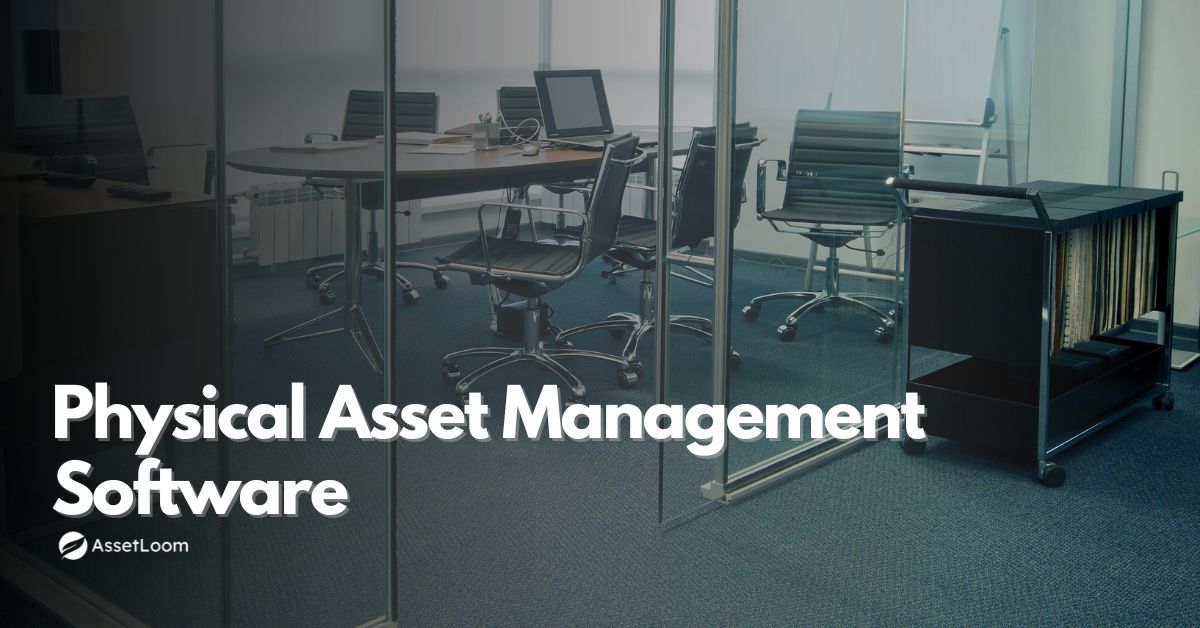

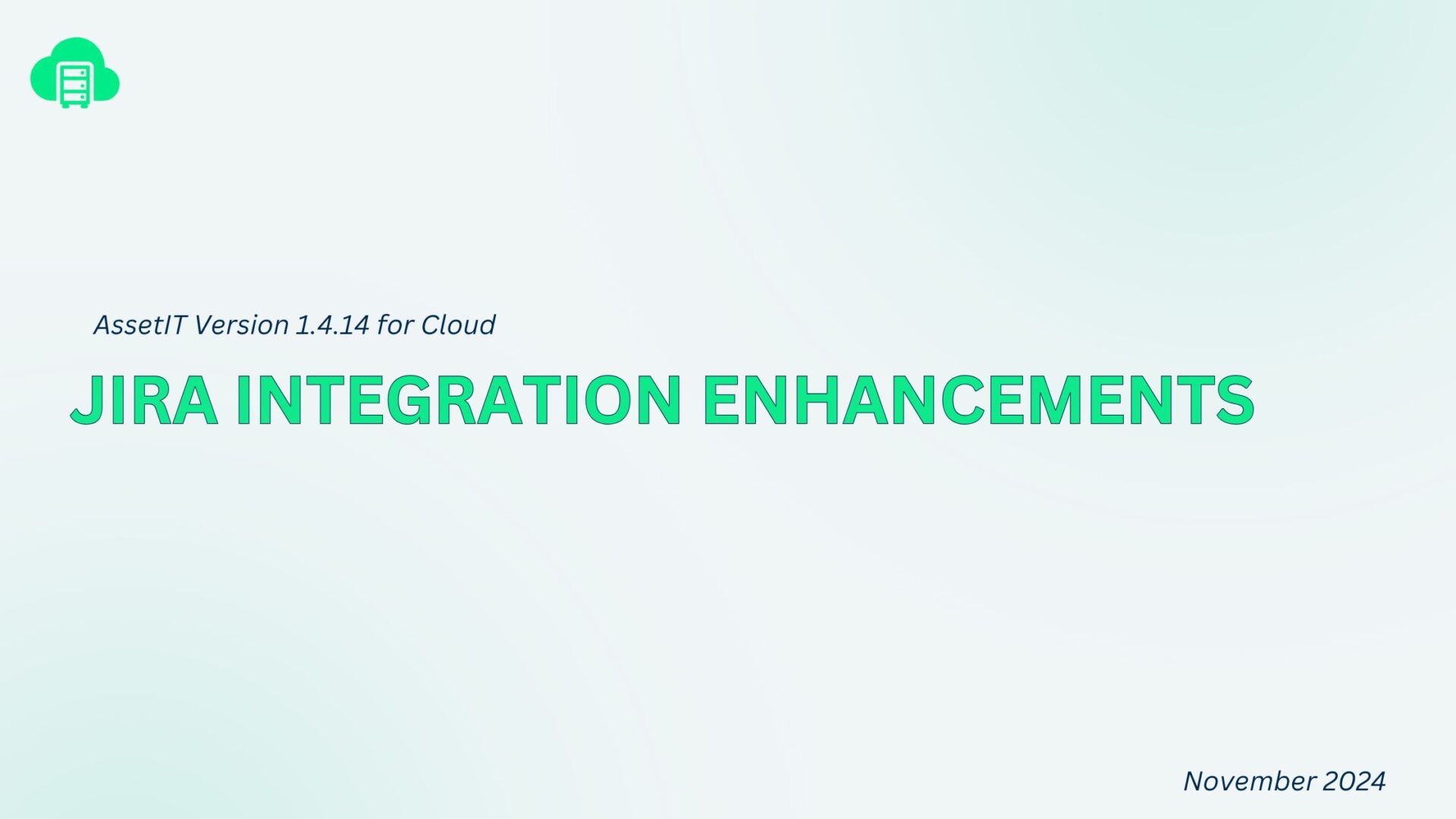
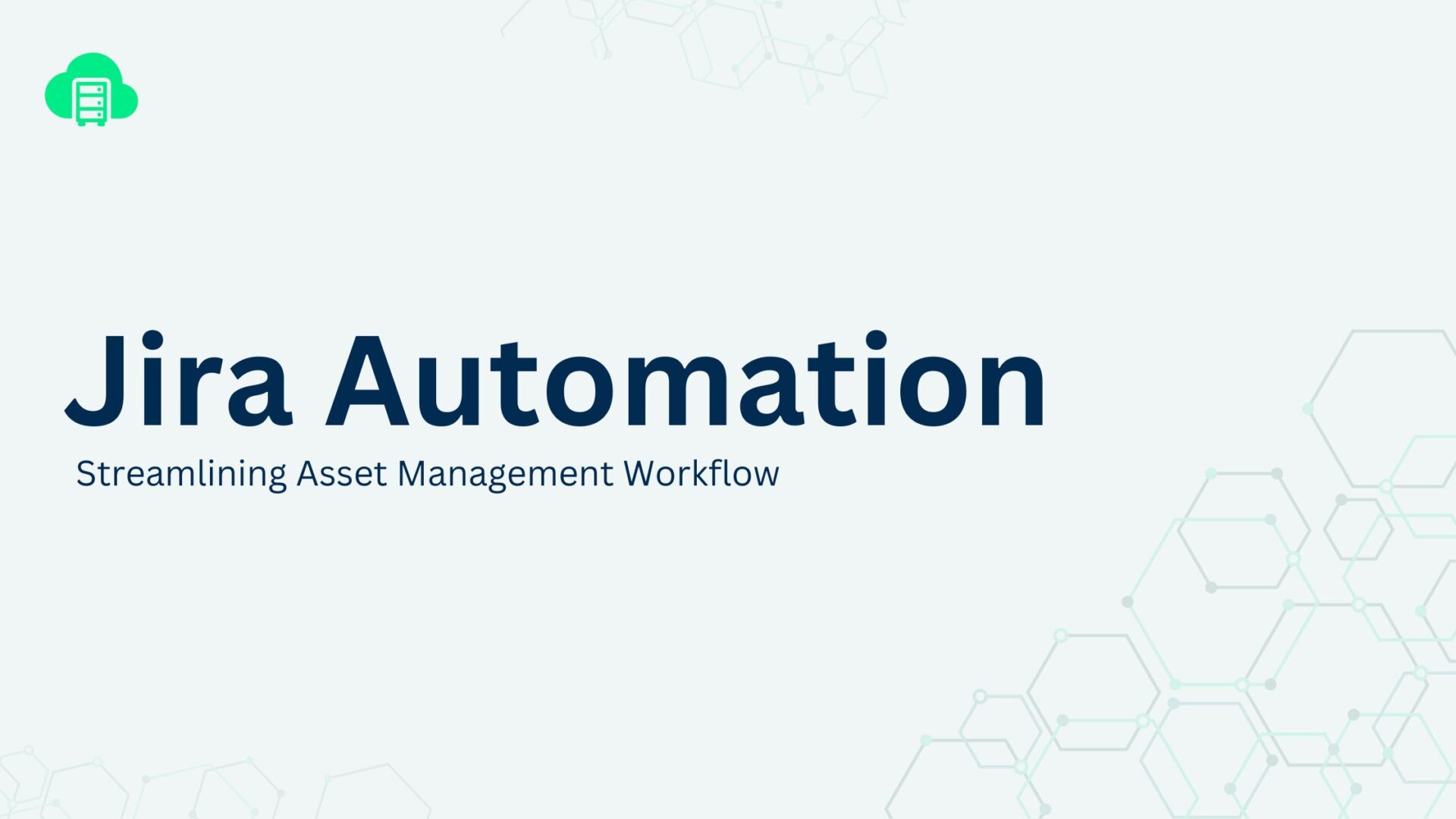
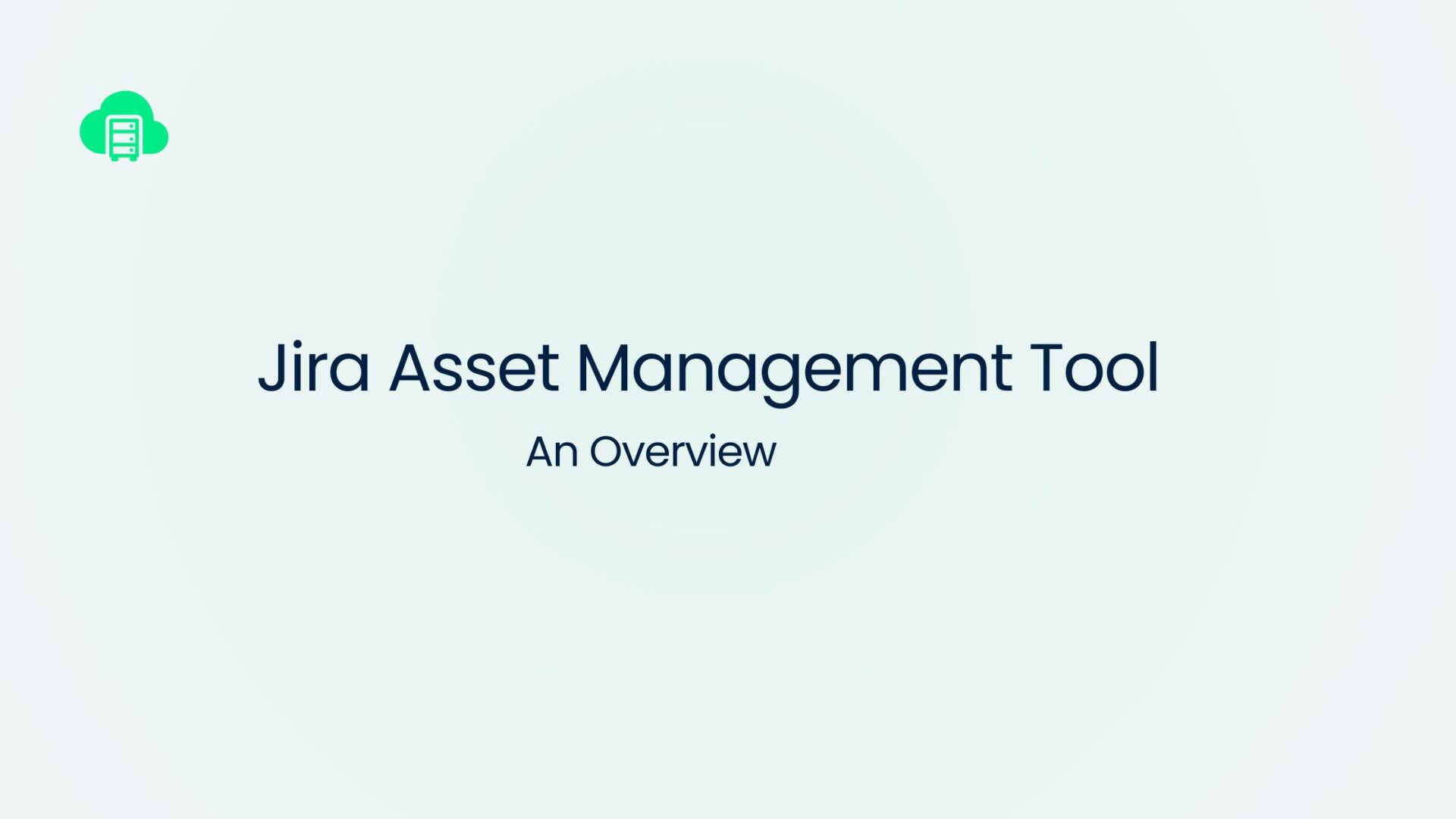

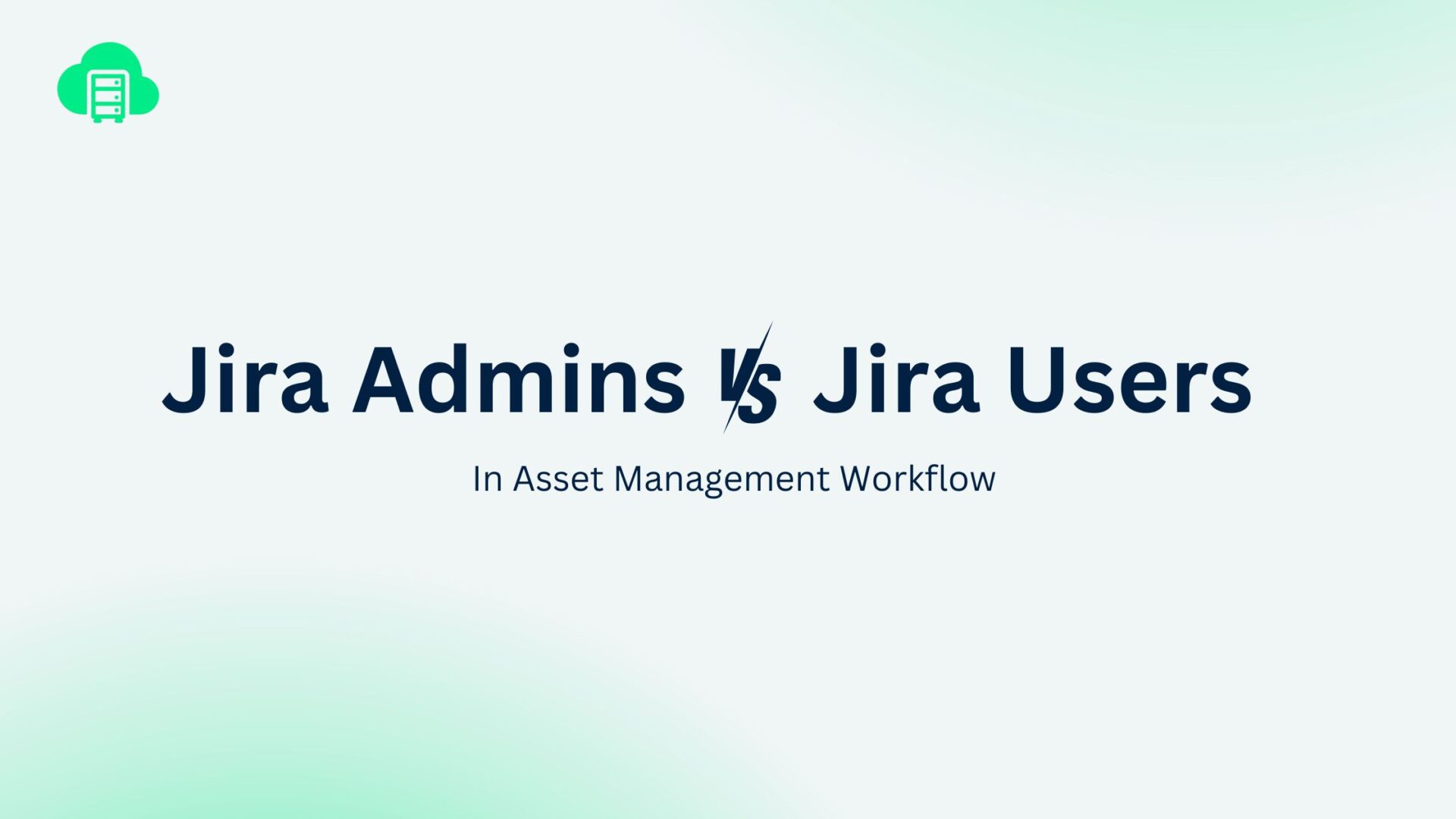
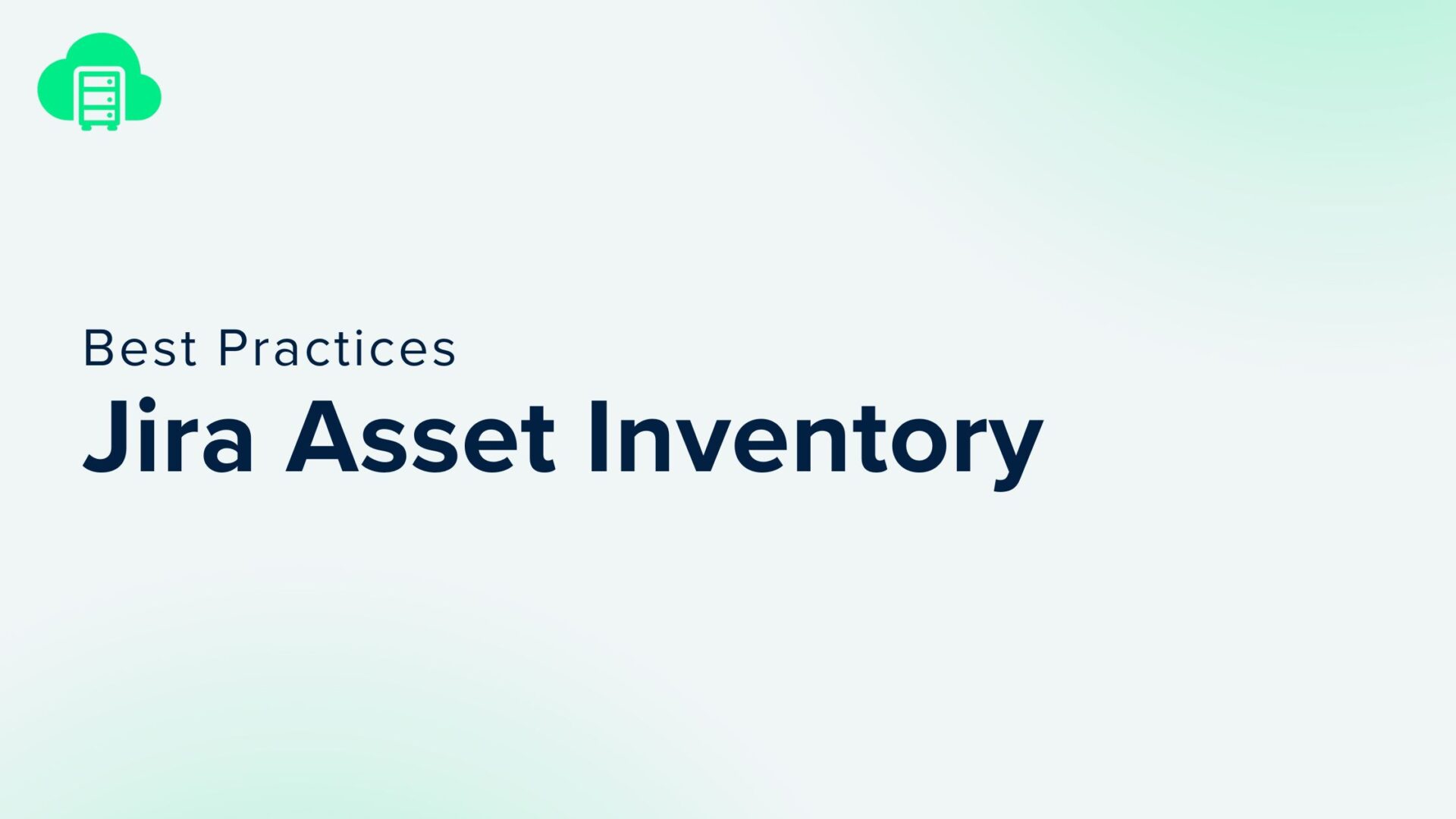
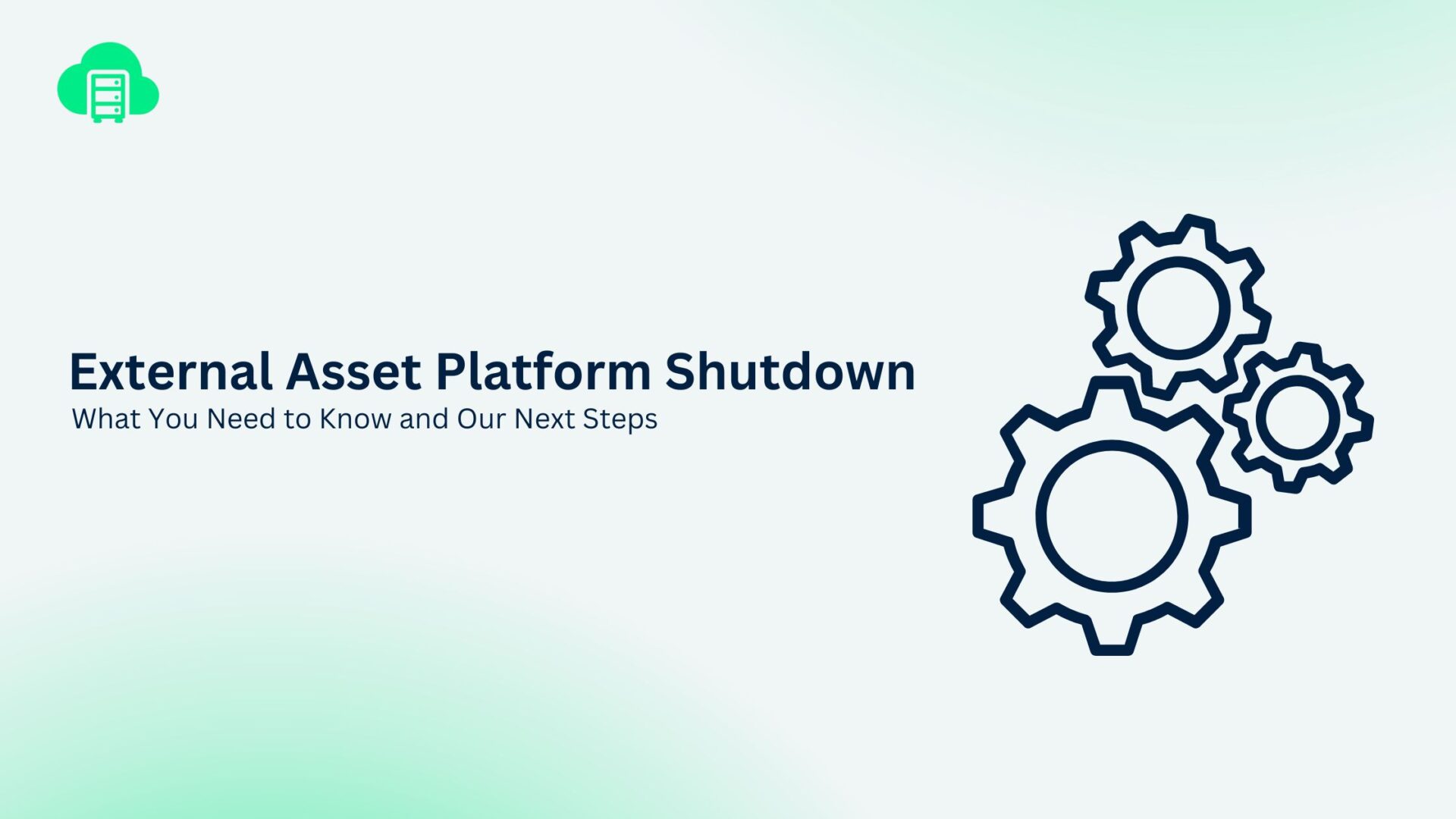
Recent Comments